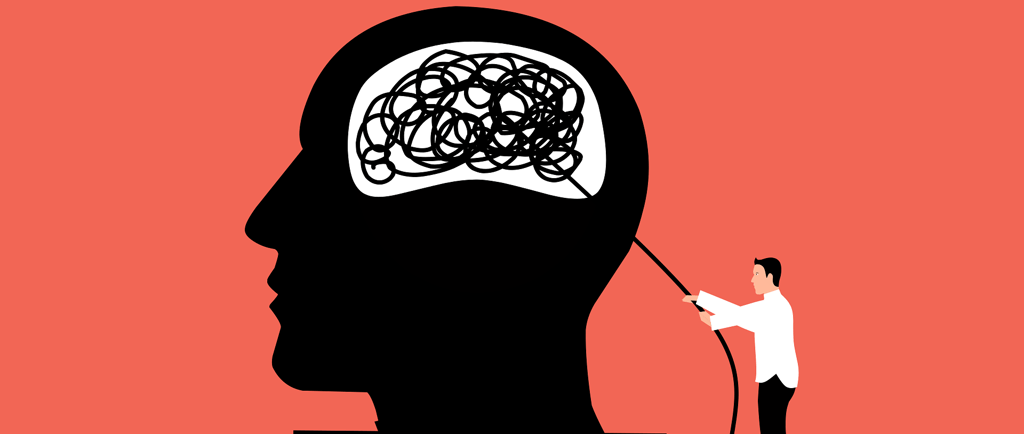Enhancing Workplace Well-Being Through the Behavior Change Model
Promoting Workplace Wellness Through Behavior Change The Behavior Change Model highlights Capacity, Motivation, and Opportunity as key drivers for lifestyle shifts. By providing information, creating opportunities like workplace wellness programs, and fostering intrinsic motivation, we can help employees transition from contemplation to action, promoting sustainable health habits. Practical steps include campaigns, on-site Health Points, regular assessments, and health incentives like vouchers or bonuses. Supporting workers in overcoming barriers leads to improved well-being and productivity, aligning personal growth with organizational goals. #WorkplaceWellness #BehaviorChange #HealthyLifestyle
Luciano Luca Carlino
12/10/20244 min read


Today I will talk about the Behavior Change Model, which is intrinsically related to the central Behavior Change Wheel as considered one of the most important theories that create the various steps described in the State of Change Model (Pre-contemplation, Contemplation, Preparation, Action, Maintenance) (Michie et al., 2011). The three points that I am writing about are:
- Capacity
- Motivation
- Opportunity
By looking at these points, we can understand that Capacity and Opportunity could create the state of motivation to push the person to action by changing his/her behaviors. Behavior is the main character of the topic, as with it, we can think of adapting our routine style to the one that we like most and that is related to a sense of physical and mental well-being (Bandura, 1986). By starting from these points, I would like to discuss the physical activity linked to work: How much the workers are conscious of the importance of a programmed physical exercise – and overall, the importance of maintenance of good physical activity -? Let’s start from the beginning. Physical activity is the movement that we do every day to wash the ground, go shopping, walk with friends, etc. All of that is a movement that is not programmed. Physical exercise is something different; it is a programmed movement that follows a program designed and is rhythmical and constant in time.
The linking between the two types of movement is vital for promoting well-being linked to a healthy lifestyle by integrating other points such as nutrition. By looking at all of that, we can understand how the capacity is created by starting from the Information Point; being informed is the first step to shift from the Pre-contemplation state to the Contemplation state (Prochaska & DiClemente, 1983), a section in which the person is beginning to think to a change. The opportunity for change is the one in which the person can act on a healthy path, it can be the creation of a work section that promotes a healthy lifestyle in the work building; the people can have the possibility to overcome the lack of time by having a service directly into the workplace. All of that, the information to understand the importance of the movement plus the opportunity to have the service in the workplace, can generate a shift from the Contemplation State (a state in which the person is thinking of a change but has still never acted toward it) to the State of Action (in which the person will start to change some elements of his/her routine within one week).
King et al (1990) said that is important for habit-shifting work on these points:
- Knowledge
- Attitude
- Beliefs
Sometimes the beliefs are the hardest thing to overcome, as the people can feel ambivalence, a sort of double view of themselves: one that acts and the other that stays. King et al (1990) demonstrated how important is knowledge and beliefs, with the attitude that can be found thanks to a sort of awareness of ourselves. This kind of self-consciousness is needed for another important thing, one of which is thought prevention skills for participants, everything to promote the maintenance of the searched habit (Laitakar et al, 1996). This kind of point is true especially when we need to overcome some types of barriers and lack of support from the environment around us.
To conclude, the actions as a health professional that I will pursue to enhance physical and exercise activity among workers, are:
- Create a campaign of information
- Promote, by financing the opening of information, centers into the offices; Health Points experienced in the releasing of motivational interview
- Create regular assessments for workers to understand better what they need, what they search for, and the barriers that they find
- Reward workers who decide to choose places that promote health such as gyms, yoga, etc., by giving Health Bonuses and Voucher for Sports Shops
By doing so I will check the reaction of the workers gradually by looking at the Behavior Change Model and Behavior Change Wheel in which kind of step they are and what can I do to improve little by little the health promotions thanks to the environment and social support for the finding of the important and personal Intrinsic Motivation (Deci & Ryan, 1985).
(727 Words)
References
Bandura, A., & National Inst of Mental Health. (1986).
Social foundations of thought and action:
A social cognitive theory. Prentice-Hall, Inc.
https://psycnet.apa.org/record/1985-98423-000
Deci, E. L., & Ryan, R. M. (1985). Intrinsic motivation
and self-determination in human behavior. Plenum.
https://link.springer.com/book/10.1007/978-1-4899-2271-7
King, A. C., Taylor, C. B., Haskell, W. L., & DeBusk, R. F. (1990).
Influence of regular aerobic exercise on psychological health:
A randomized, controlled trial of healthy
middle-aged adults. Health Psychology, 9(3), 287-305.
https://pubmed.ncbi.nlm.nih.gov/2767021/
Laitakari, J., Vuori, I., & Oja, P. (1996). Is long-term maintenance of
health-related physical activity possible? An analysis of
concepts and evidence. Health Education Research, 11(4), 463–477.
http://www.jstor.org/stable/45108940
Michie, S., van Stralen, M. M., & West, R. (2011). The behaviour
change wheel: A new method for characterising and designing
behaviour change interventions.
Implementation Science, 6(1), 42.
https://implementationscience.biomedcentral.com/articles/10.1186/1748-5908-6-42
Prochaska, J. O., & DiClemente, C. C. (1983). Stages and
processes of self-change of smoking: Toward an
integrative model of change. Journal of
Consulting and Clinical Psychology, 51(3), 390-395.
